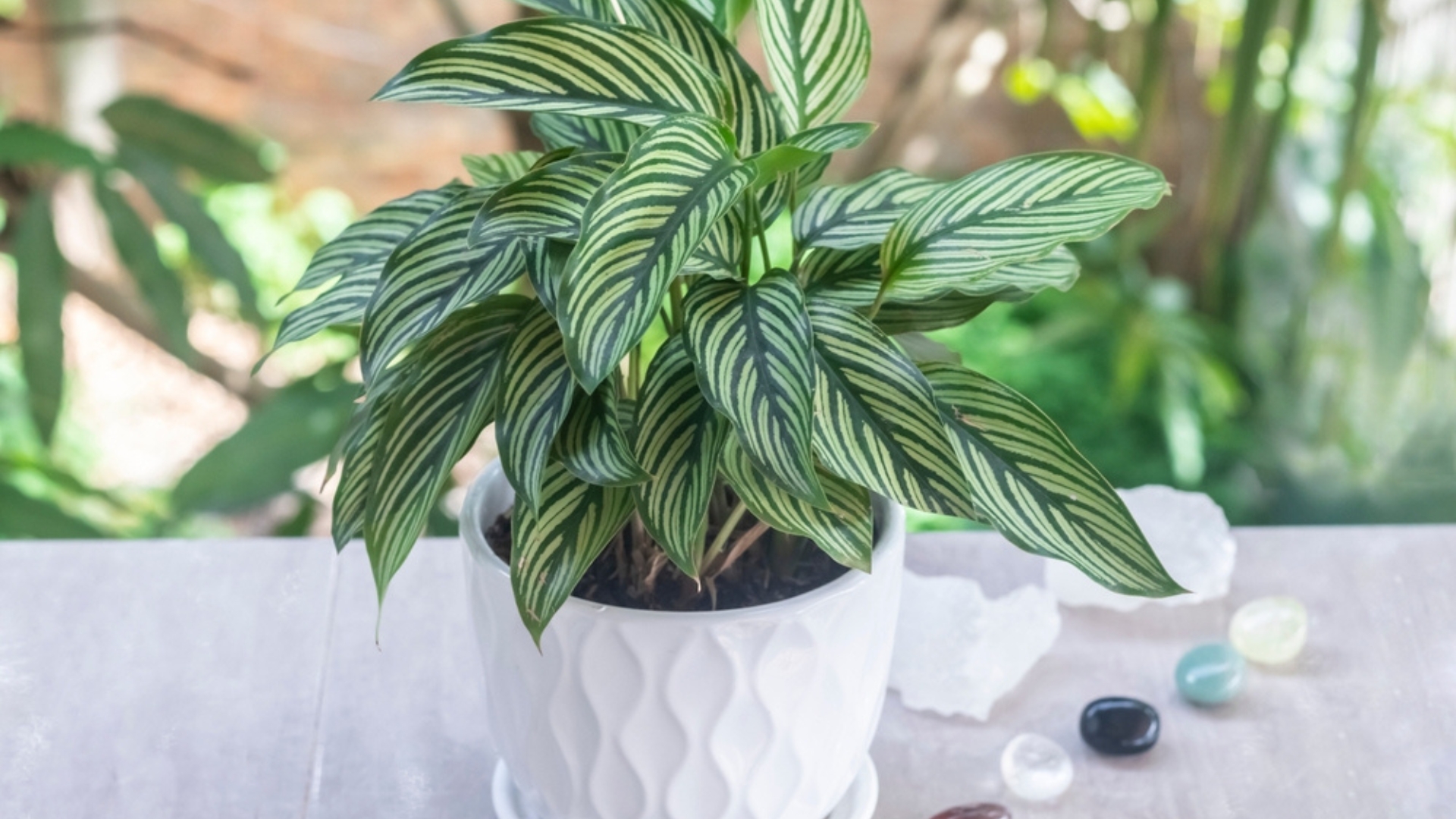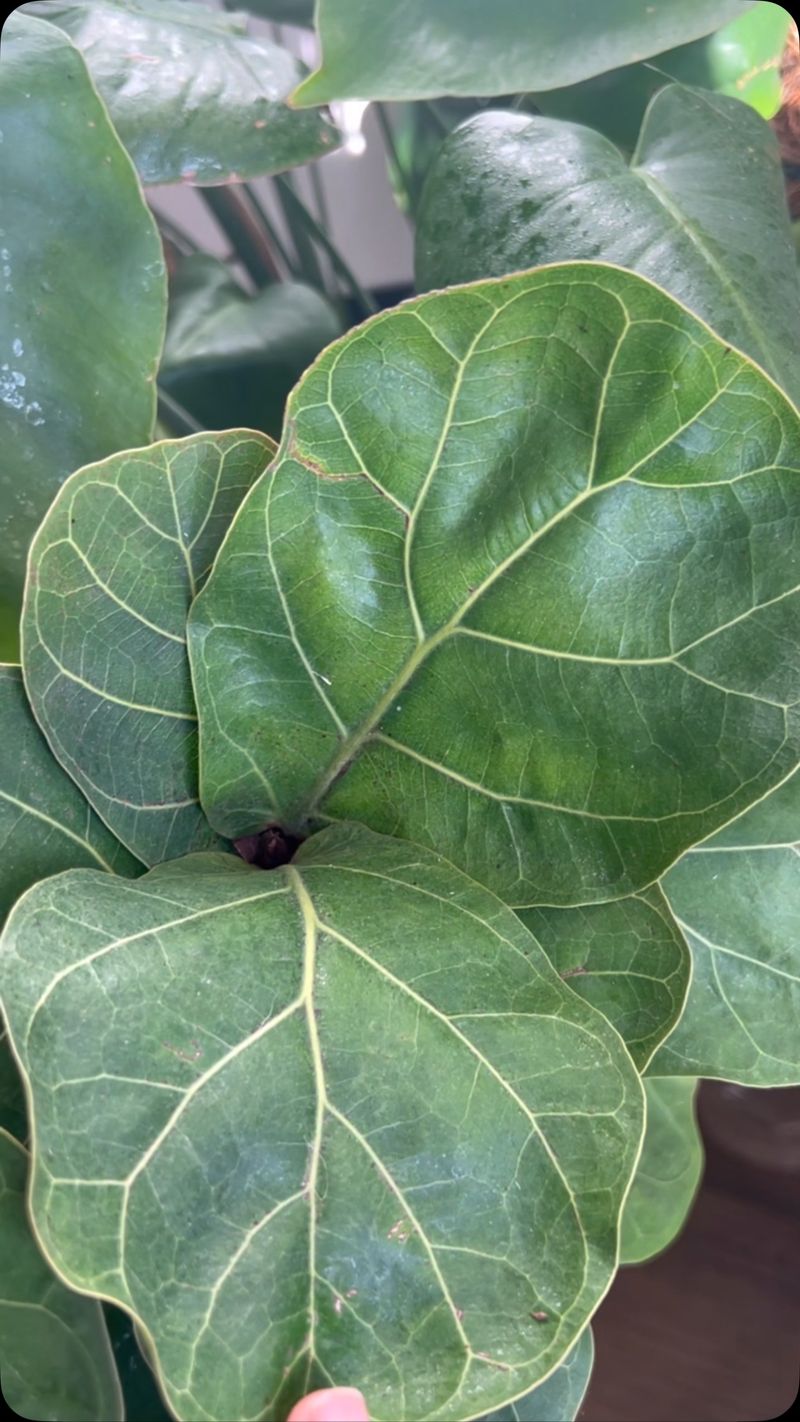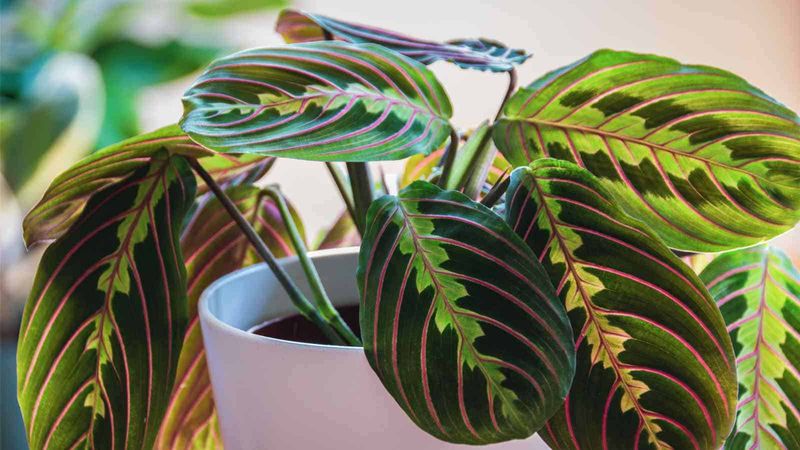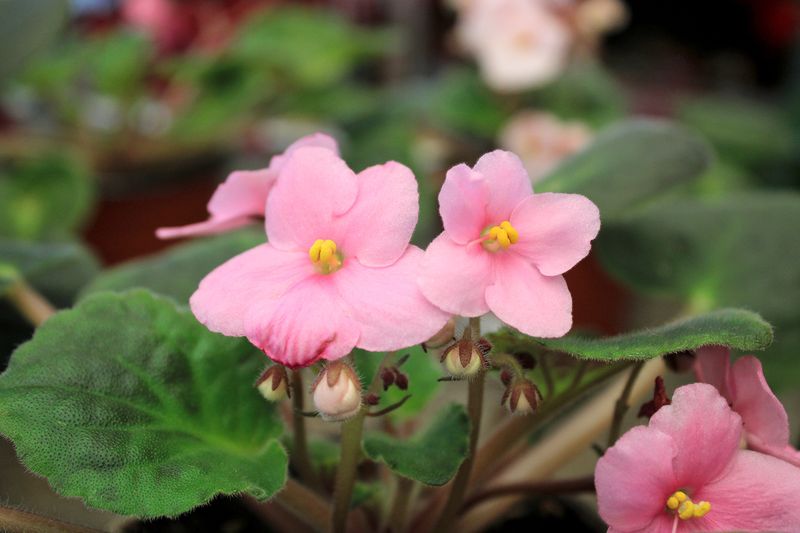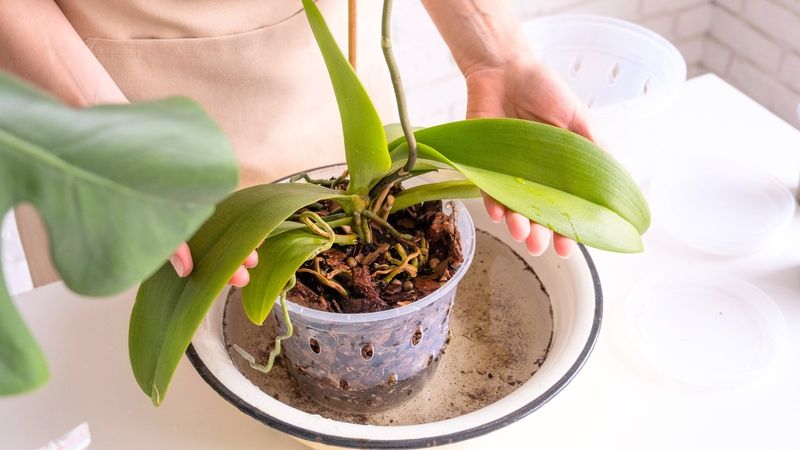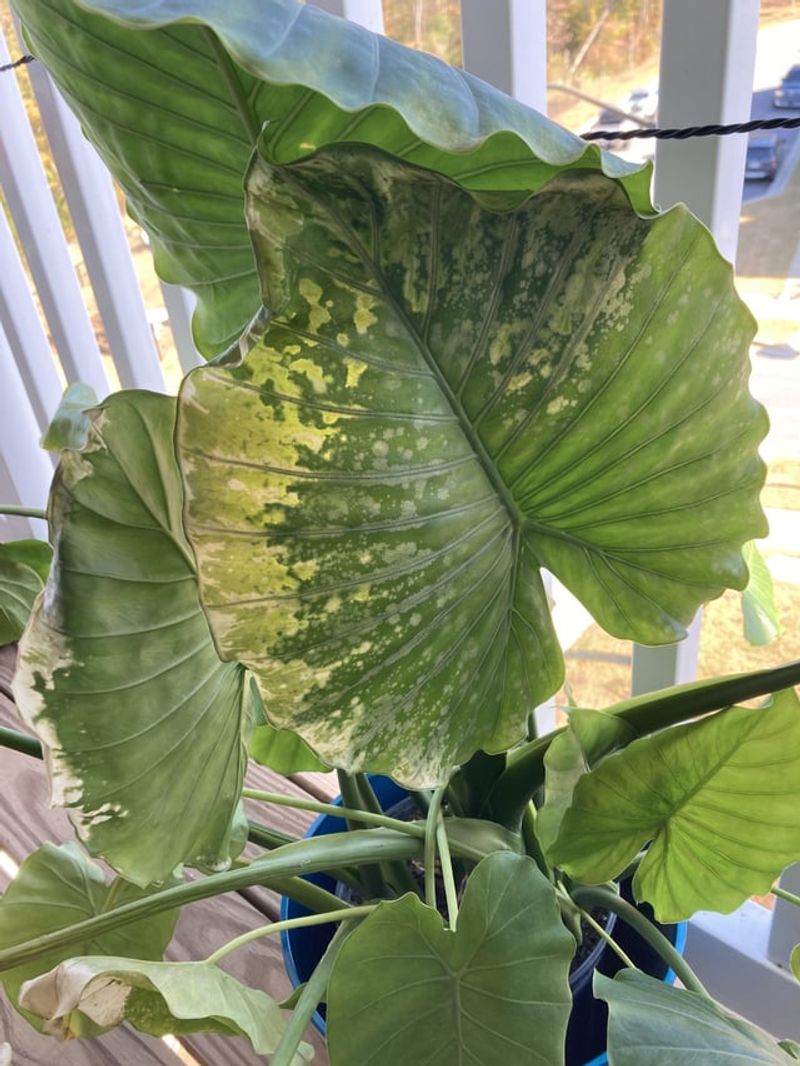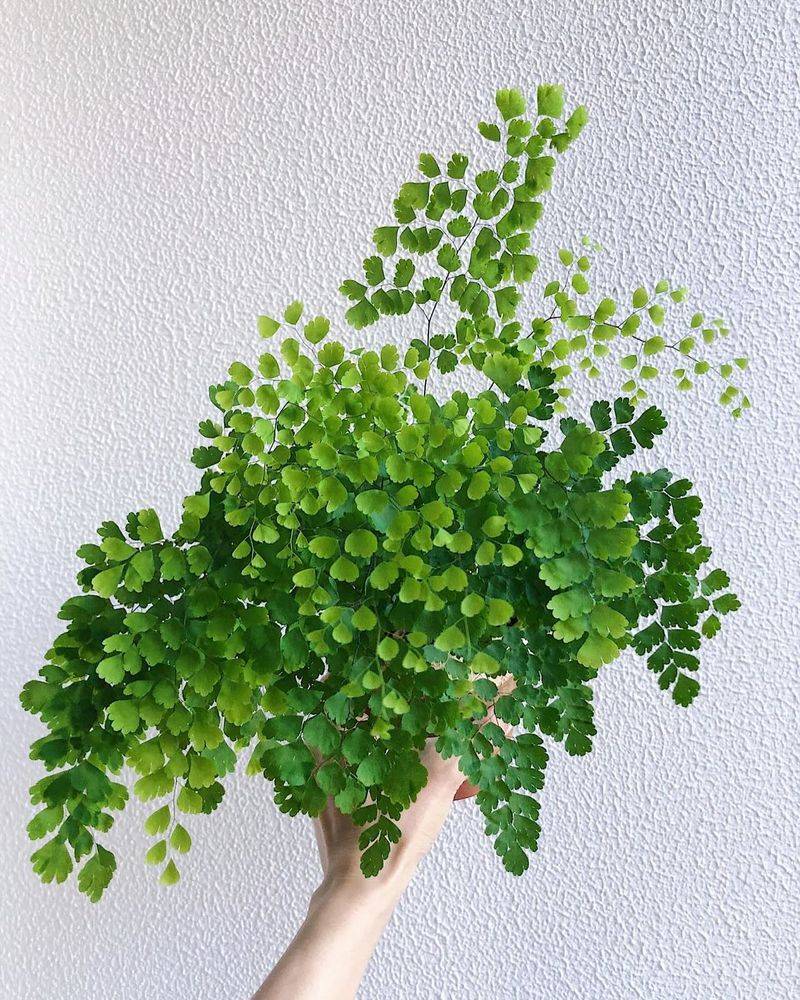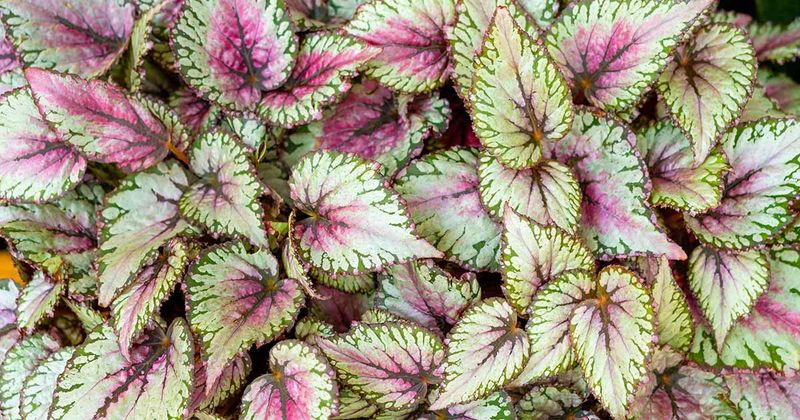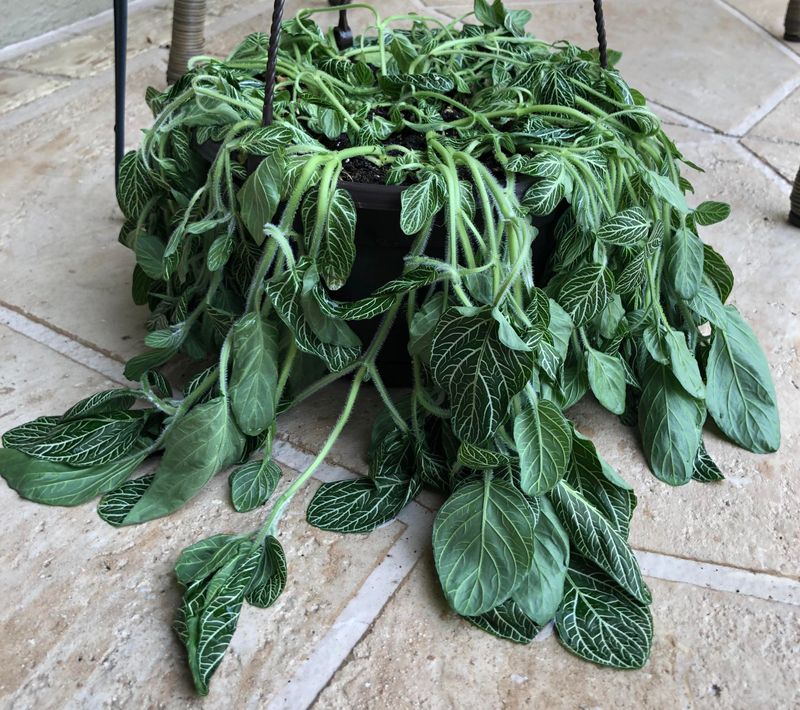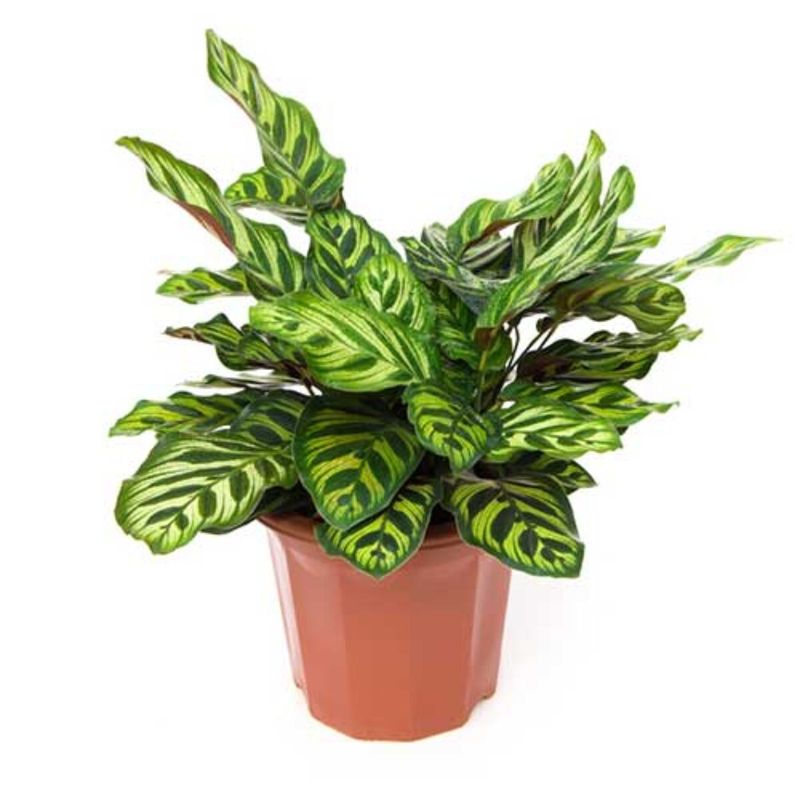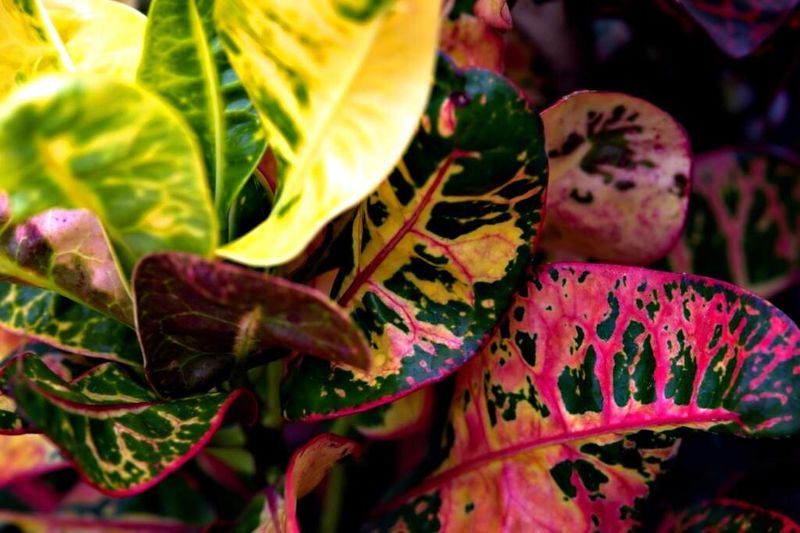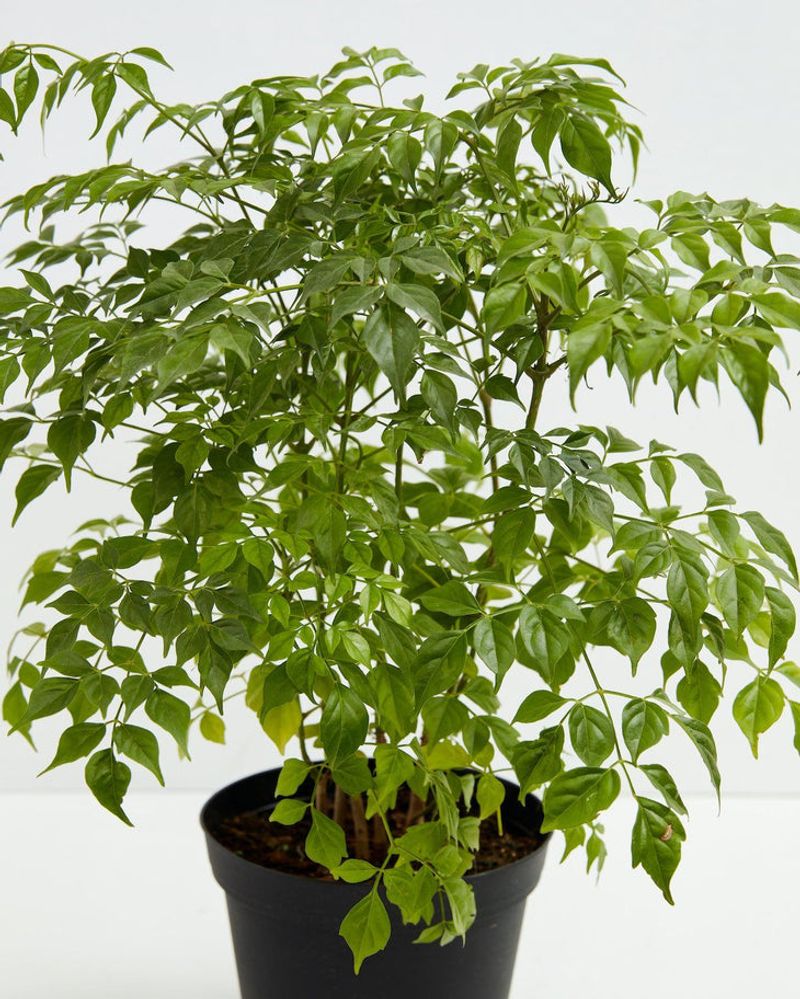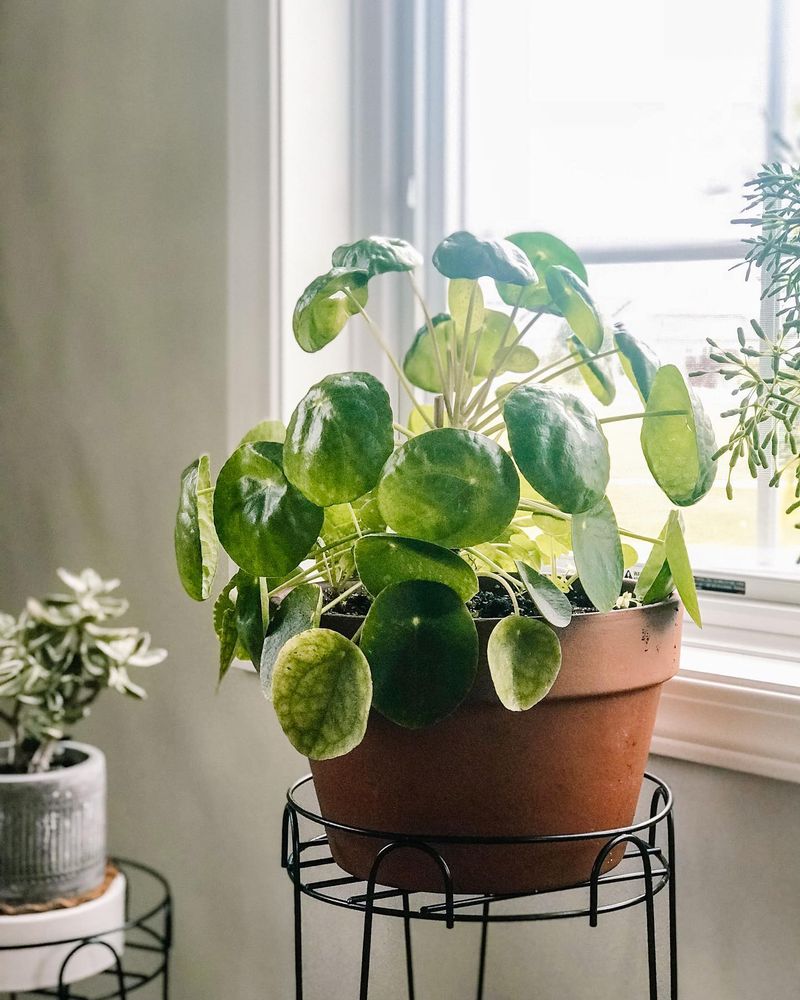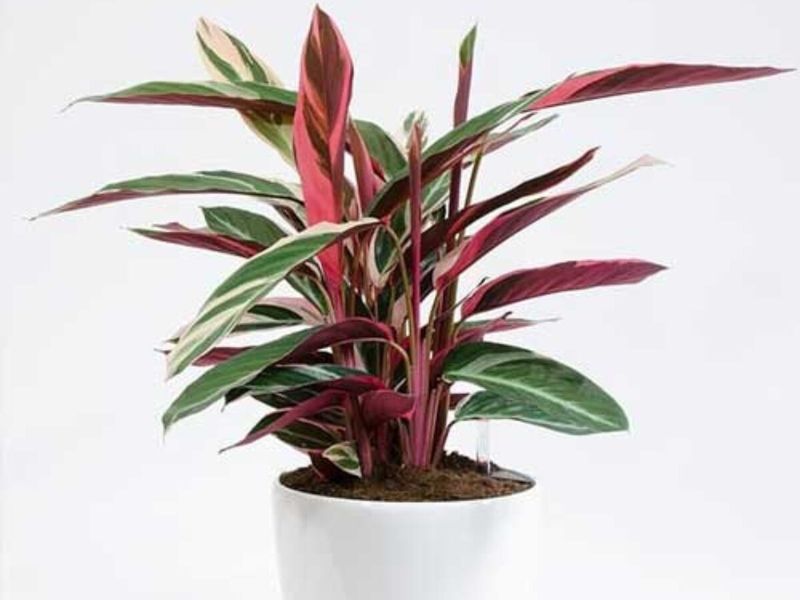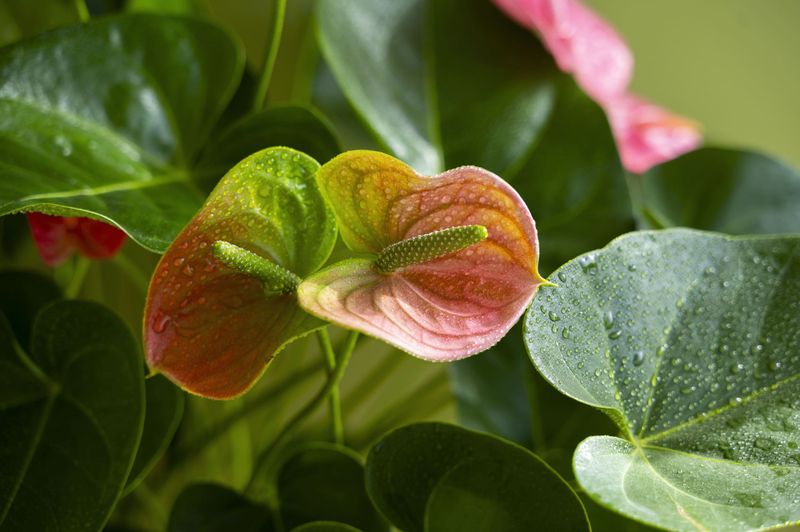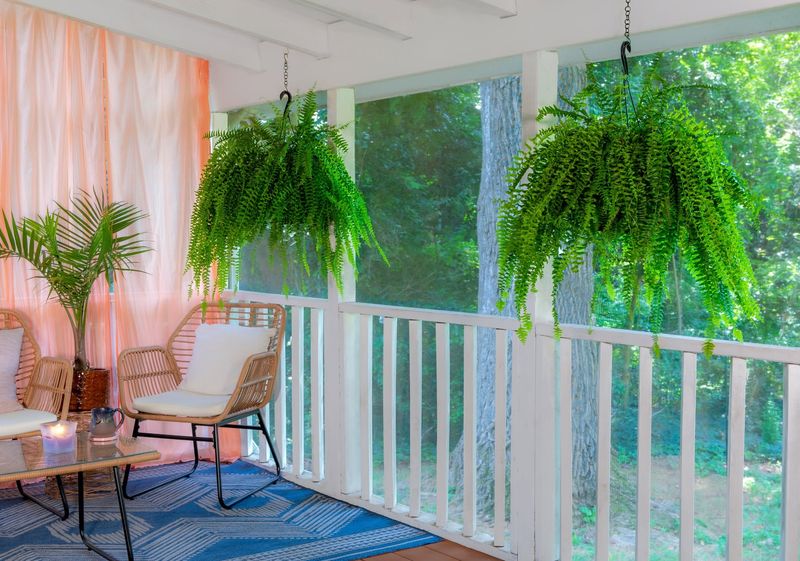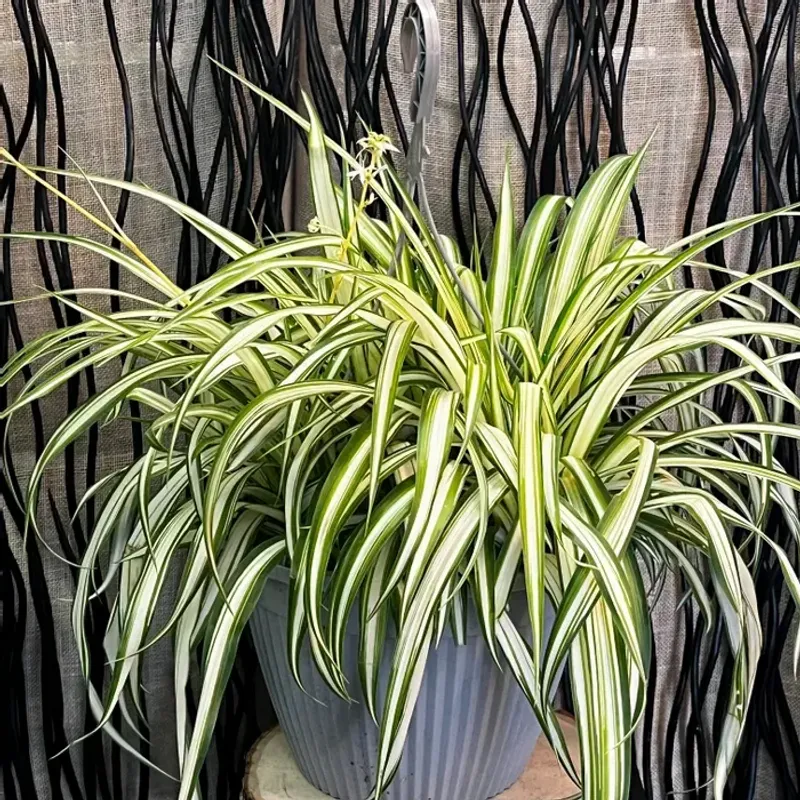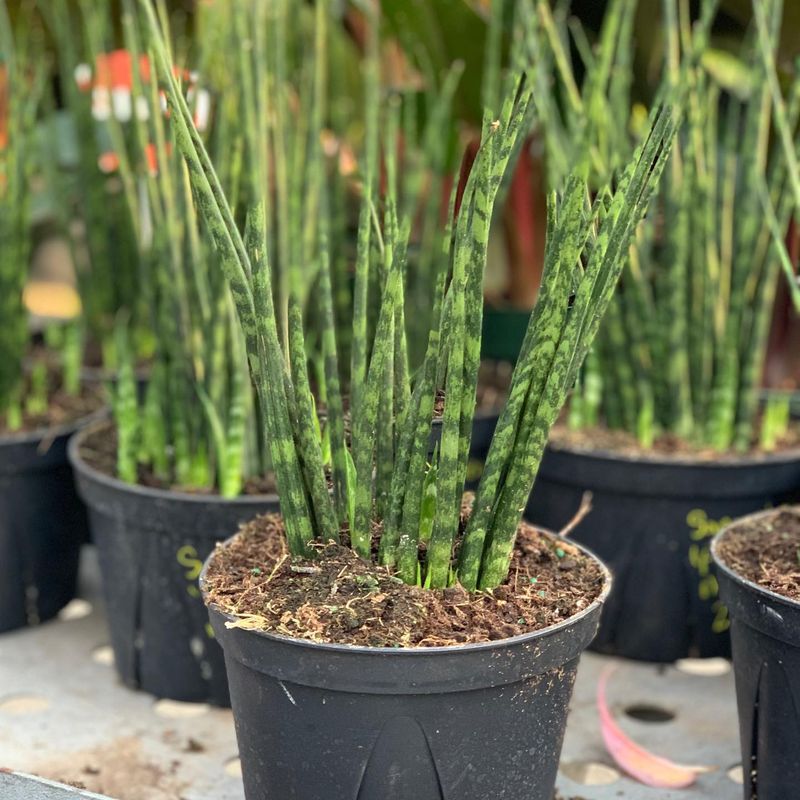Not all houseplants are ready for fresh air and sunshine. While some indoor beauties thrive outside, others can wither fast—or worse, die trying. If you’ve ever hauled your leafy friends onto the patio thinking it’s a treat, you might be doing more harm than good.
In this guide, we’ll uncover 15 houseplants that should never leave the comfort of your home—and show you 3 safer swaps that love the great outdoors.
1. Fiddle Leaf Fig: The Finicky Diva
Fiddle leaf figs despise sudden changes. Their large, violin-shaped leaves sunburn easily when exposed to direct sunlight, quickly developing brown spots that never heal.
Wind is another enemy, causing tears in their dramatic foliage. These tropical trees prefer stable indoor environments with consistent temperatures between 65-75°F.
Even brief exposure to temperatures below 55°F can cause leaf drop and lasting damage to these sensitive beauties.
2. Calathea: The Prayer Plant Protester
Calatheas fold their leaves at night like praying hands, but they’ll protest outdoor conditions with crispy edges and rapidly fading patterns. Their delicate leaf markings—the very reason we love them—quickly bleach in direct sun.
Humidity-loving by nature, these plants struggle in dry outdoor air. Even morning dew can leave water spots on their decorative foliage.
Calatheas demand consistently moist (never soggy) soil that’s hard to maintain outdoors.
3. African Violet: The Delicate Bloomer
African violets burst with charming purple, pink, or white flowers indoors, but outdoor conditions quickly destroy them. Their fuzzy leaves act like magnets for water droplets, which cause unsightly brown spots when hit by sunlight.
Rain is particularly deadly, as water on their leaves leads to crown rot. Even a gentle breeze can break their brittle stems.
These compact beauties evolved in the specific conditions of East African forests and simply cannot adapt to outdoor fluctuations.
4. Orchid: The Temperamental Treasure
Orchids might grow on trees in tropical rainforests, but your backyard isn’t a rainforest! Their exposed aerial roots quickly dry out in outdoor conditions, even in shade.
Temperature fluctuations cause orchids to drop buds before they open. Most varieties need temperatures consistently between 65-80°F to thrive.
Pests find orchids particularly delicious outdoors, with slugs, snails, and insects making quick work of their tender growth and delicate blooms.
5. Alocasia: The Elephant Ear That Trumpets Distress
Alocasias feature stunning arrow-shaped leaves that quickly curl and brown when exposed to direct sun or dry air outdoors. Their thin leaf structure makes them especially vulnerable to tearing in even mild breezes.
Cold temperatures cause these tropical natives to enter dormancy, dropping leaves dramatically. Many gardeners mistake this for death.
Outdoor pests particularly love munching on alocasia’s juicy stems, leaving unsightly holes that never repair themselves.
6. Maidenhair Fern: The High-Maintenance Beauty
Maidenhair ferns collapse dramatically when humidity drops below 60%—a common occurrence outdoors, even in shade. Their delicate, lacy fronds crisp up within hours of exposure to dry air.
Sun exposure, even filtered through trees, scorches their feathery foliage beyond recovery. These woodland understory plants evolved to thrive in deep forest shade.
Watering becomes nearly impossible to regulate outdoors, leading to either drought stress or root rot that quickly kills these moisture-sensitive plants.
7. Rex Begonia: The Colorful Complainer
Rex begonias boast spectacular painted leaves in metallic purples, pinks, and silvers that quickly fade in outdoor light. Their paper-thin leaves act like solar collectors, burning within hours of direct sun exposure.
Morning dew or light rain causes unsightly spotting on their decorative foliage. The colorful leaf patterns—their main selling point—deteriorate rapidly outdoors.
Wind causes irreparable tearing along leaf edges, destroying their ornamental value. These plants truly belong on a protected indoor shelf.
8. Nerve Plant: The Fainting Fittonia
Nerve plants (Fittonia) collapse dramatically when thirsty—a constant state outdoors where wind quickly dries their thin leaves. Their striking white, pink, or red veins—the feature that gives them their name—fade rapidly in outdoor light.
These ground-covering plants evolved in tropical rainforest floors with minimal light and consistent moisture. Even morning dew can leave water spots on their decorative foliage.
Outdoor temperature swings cause them to drop leaves overnight, leaving bare, leggy stems.
9. Polka Dot Plant: The Spotted Sufferer
Polka dot plants charm with pink, white, or red speckles that quickly wash out in outdoor light. Even partial sun exposure bleaches their distinctive spots, leaving plain green leaves behind.
These plants bolt when exposed to outdoor conditions, quickly stretching tall and leggy while losing their compact, bushy form. Flowering signals their final life stage outdoors.
Wind and rain damage their soft stems, which lack the rigidity needed for outdoor survival. Keep these spotted treasures safely on your windowsill.
10. Peacock Plant (Calathea Makoyana): The Pattern-Losing Prima Donna
Peacock plants showcase oval leaves with intricate patterns resembling peacock feathers that quickly fade in outdoor light. Their stunning leaf markings—the entire reason for growing them—disappear when exposed to direct sun.
Low humidity outdoors causes leaf edges to crisp and curl inward. These tropical understory plants demand at least 60% humidity to maintain their appearance.
Temperature fluctuations cause peacock plants to curl their leaves tightly, refusing to display their beautiful patterns until returned to stable indoor conditions.
11. Croton: The Colorful Sun-Fearer
Crotons dazzle with multicolored leaves in fiery oranges, reds, and yellows, but surprisingly, these colorful plants burn easily in direct outdoor sun. Their vibrant colors actually indicate adaptation to filtered, not direct, light.
Temperature drops below 60°F cause rapid leaf drop that can defoliate the entire plant overnight. Even in warm climates, evening temperature dips can trigger this response.
Crotons hate being moved, often dropping leaves in protest when their environment changes—making the indoor-to-outdoor transition particularly stressful.
12. China Doll Plant: The Fragile Foliage Friend
China doll plants feature compound leaves with tiny leaflets that dehydrate and drop when exposed to outdoor air movement. Their branch structure is surprisingly brittle, snapping easily in even gentle breezes.
Outdoor light intensity causes these plants to develop yellow patches on their normally deep green foliage. Recovery from sun damage is extremely slow, if it happens at all.
Temperature fluctuations trigger dramatic leaf drop that can leave entire branches bare. These plants truly deserve their fragile reputation.
13. Pilea Peperomioides: The UFO Plant Crash
Pilea peperomioides charms with round, coin-shaped leaves that quickly sunburn when placed outdoors. Their pancake-like foliage develops irreversible brown spots within hours of direct sun exposure.
Wind causes their long, thin leaf stems to twist and break. The plant’s entire structure is designed for still indoor air, not outdoor breezes.
Temperature fluctuations cause pileas to drop their distinctive circular leaves, losing the very feature that makes them popular houseplants. Keep these UFO plants safely indoors!
14. Stromanthe Triostar: The Color-Fading Drama Queen
Stromanthe triostars feature spectacular pink, cream, and green variegated leaves that quickly lose their vibrant colors outdoors. Their pink portions burn first, turning brown and crispy when exposed to direct sun.
Low humidity causes leaf edges to curl and crisp dramatically. These tropical understory plants need at least 60% humidity to maintain their stunning appearance.
Outdoor temperature swings trigger leaf curling that hides their beautiful pink undersides—the very feature that makes them special houseplants.
15. Anthurium: The Flamingo Flower That Wilts
Anthuriums produce waxy, heart-shaped blooms in vibrant reds and pinks that quickly burn in direct sunlight. Their glossy flowers and leaves develop brown patches when exposed to outdoor conditions.
Rain and overhead watering cause devastating black spots on their decorative flowers. The plant’s signature shiny spathes lose their luster when exposed to the elements.
Cold temperatures below 60°F damage anthuriums permanently, causing their growth to stunt even after returning indoors. These tropical beauties need consistent warmth to thrive.
16. Boston Fern: The Outdoor Safe Alternative
Boston ferns make excellent transition plants for outdoor spaces in warm weather. Their arching fronds add tropical texture to porches and patios while being surprisingly resilient to humidity fluctuations.
Morning sun or dappled shade provides ideal lighting without causing burn damage. Just ensure they never dry out completely between waterings.
Bring Boston ferns back indoors before temperatures drop below 55°F in fall. With proper care, these adaptable ferns can make the indoor-outdoor journey year after year.
17. Spider Plant: The Adaptable Traveler
Spider plants transition beautifully to outdoor settings in warm months. Their strappy variegated leaves maintain their color in morning sun or bright shade situations without burning.
Hanging spider plants outdoors often triggers more “babies” to form, creating spectacular cascading displays. The dangling plantlets seem to thrive with extra airflow.
These tough plants forgive occasional drying out between waterings, making them perfect for outdoor settings where watering might be less consistent. Just bring them in before temperatures drop below 50°F.
18. Snake Plant: The Indestructible Outdoor Visitor
Snake plants can vacation outdoors during warm months if gradually acclimated to prevent shock. Their stiff, upright leaves maintain structure even in light breezes, making them ideal porch plants.
Partial shade prevents their succulent leaves from sunburning. Morning sun with afternoon shade provides ideal conditions for these adaptable plants.
Snake plants forgive inconsistent watering, actually preferring to dry out between drinks. Just be sure to bring them indoors before temperatures drop below 50°F to prevent cold damage.

